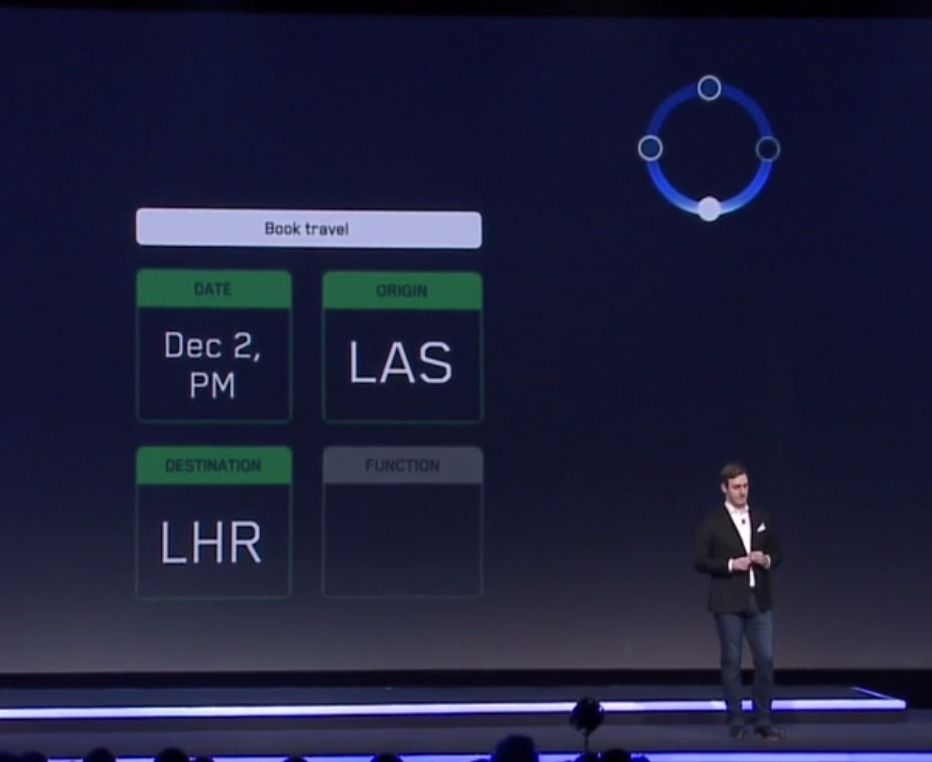The only way to keep up with the IoT-generated data and gain the hidden insights it holds might be using AI (Artificial Intelligence). (Partner content)


George “Geohot” Hotz is driving forward with his push to bring self-driving cars to the masses, but he’s going about it a slightly unconventional way. His company Comma.ai is brushing past some previous regulatory issues and is trying another route — open-sourcing not only its self-driving technology, but also instructions for building your very own hardware device (“a robotics platform”) called Comma Neo. All of this information is available today through Comma.ai’s GitHub repositories.
Since the beginning, the company has had a goal of being the Android version of self-driving cars — it wants to empower “ghostriding for the masses.” Earlier this year, it was approached by state and federal regulators inquiring about a product Hotz claimed wasn’t even on sale yet. Fed up with the scrutiny, Comma.ai cancelled its first product, the Comma One, and pivoted its thinking to democratizing its knowledge. So it’s keeping with its promise, but has scrapped its $999 price point in favor of it being free. “If we really want to be the Android of self-driving cars, we can’t be charging $999, can we?” Hotz explained.


Amazon today announced three new artificial intelligence-related toolkits for developers building apps on Amazon Web Services.
At the company’s AWS re: invent conference in Las Vegas, Amazon showed how developers can use three new services — Amazon Lex, Amazon Polly, Amazon Rekognition — to build artificial intelligence features into apps for platforms like Slack, Facebook Messenger, ZenDesk, and others.


Disney will soon be opening a new Avatar-themed experience in Disneyworld Florida, and a group of the brand’s biggest fans got to see a preview last week.
One of the highlights of the ride are the ridiculously realistic Na’vi robots that talk to the visitors. The movie’s CGI already looked stunning, but these animatronics are just ridiculously realistic.
Disney’s Imagineering team has been experimenting with various ways to bring its famous characters to life, like mixing animatronics with digital screens and hopping one-legged robots.


https://youtube.com/watch?v=ySsv5-jSqss
BMI implant leveraging AI.
You probably clicked on this article because the idea of using brain implants to allow artificial intelligence (AI) to read your brain sounds futuristic and fascinating. It is fascinating, but it’s not as futuristic as you might think. Before we start talking about brain implants and how to augment the human brain using AI, we need to put some context around human intelligence and why we might want to tinker with it.
We floated the idea before that gene editing techniques could allow us to promote genetic intelligence by performing gene editing at the germline. That’s one approach. As controversial as it might be, some solid scientific research shows that genetics does play a role in intelligence. For those of us who are already alive and well, this sort of intelligence enhancement won’t work. This is where we might look towards augmented intelligence. This sort of augmentation of the brain will firstly be preventative in that it will look to assist those who have age associated brain disorders as an example. In order for augmented intelligence to be feasible though, we need a read/write interface to the human brain. One company called Kernel might be looking to address this with a technology that takes a page out of science fiction.

By Gary Pretty, Technical Strategist, Mando Group
It seems like bots are everywhere these days, with more and more popping up every day. From bots that help us tag people on Facebook to simple Twitter bots that respond to our tweets.

What might life be like once autonomous vehicles populate the roads? With the help of colleague Timothy Bonds, RAND’s Nidhi Kalra described what may occur when autonomous vehicles “democratize transportation.” Read our recap from #PoliticsAside: r.rand.org/326y